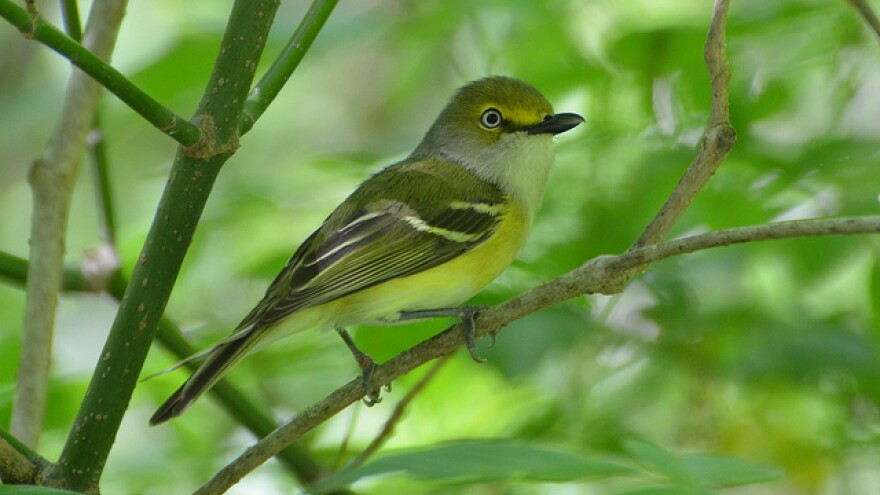It’s indeed the most wonderful time of the year – Christmas Bird Count season is upon us! Binoculars have been hung by the window with care, in hopes that rare birds soon will be there! It’s all because this weekend starts the 118th annual Christmas Bird Count, a massive, continent-wide citizen science effort with humble, turn of the century beginnings.
Back then, there still existed the vestiges of a Christmas day tradition known as the “side hunt”, where people would grab their guns and head out to see who could blast the most birds and other critters. We have since replaced this tradition with only slightly less violent last minute trips to the mall to see who can buy the most stuff. But luckily there was a concerned ornithologist named Frank Chapman who decided it was time for a gentler and more scientific alternative to the side hunts. Thus, in 1900 the Christmas Bird Count was born when 27 people from Toronto to California tallied 90 species of birds in 25 separate counts.
Since then, the phenomenon has grown two full orders of magnitude, with over 2500 counts conducted last year by 75,000 volunteers. Count circles, each 15 miles wide, can now be found from Barrow Alaska to the Brazilian Amazon. Nationwide, the data has shown things like the rapid, frightening declines in Northern Bobwhites and American Kestrels, two species that are in the process of disappearing from the Cape and Islands as we speak. The results have also shown the northward march of species now familiar in every backyard, like Carolina Wren and Red-bellied Woodpecker, as well as the more surprising Mourning Dove, which didn’t reach southern Canada until the 1960s, and continues to march north.
While the more inland parts of the state tend to have more breeding warblers and other songbirds than we do in spring and summer, we have them beat by a nautical mile this time of year – with our seabirds, ducks, and rare, late-lingering songbirds hiding in the thickets, the Cape is the place to be for winter birding. The Mid-Cape count, which covers from Sandwich to East Dennis, always vies for top honors in the state when it comes to the most species, usually tallying over 130.
Our local counts are as follows – Buzzard’s Bay starts the season on the 16th, followed by the oldest local count, the Cape Cod Count, on the 17th. The Mid-Cape is on the 23rd. Martha’s Vineyard and Nantucket are on December 29th and 31st, respectively. The Truro count brings up the rear on January 2.
This year we look forward to counting Snowy Owls and winter seabirds, but also late warblers, vireos, and tanagers. With the oddly high number of rarities like Summer Tanager and White-eyed Vireo around right now, who knows what counters will turn up in their annual scouring of the seldom birded corners of the region? Continuing mild temperatures bode well for these birds surviving through the count period. And the higher than usual water temperatures have birds like Sooty and Great Shearwaters still loitering offshore, something that never used to happen in December. This is also an excellent time for nocturnal owling, with seven species possible in the Cape and Islands in winter.
If aggressive, dark to dusk birding in the heavy, wet cold of a Cape winter day is not your idea of fun, then you and I will have to agree to disagree. Nevertheless, I should mention that you can also participate in your local Christmas Bird Count as a feeder watcher – check the Cape Cod Bird Club website for count information. If you have something like an oriole, warbler, or rare hummingbird visiting your feeder, I can tell you with certainty the count compiler will be ecstatic to have your data.
Until the counts begin, happy birding to all, and to all a good night…of owling!








